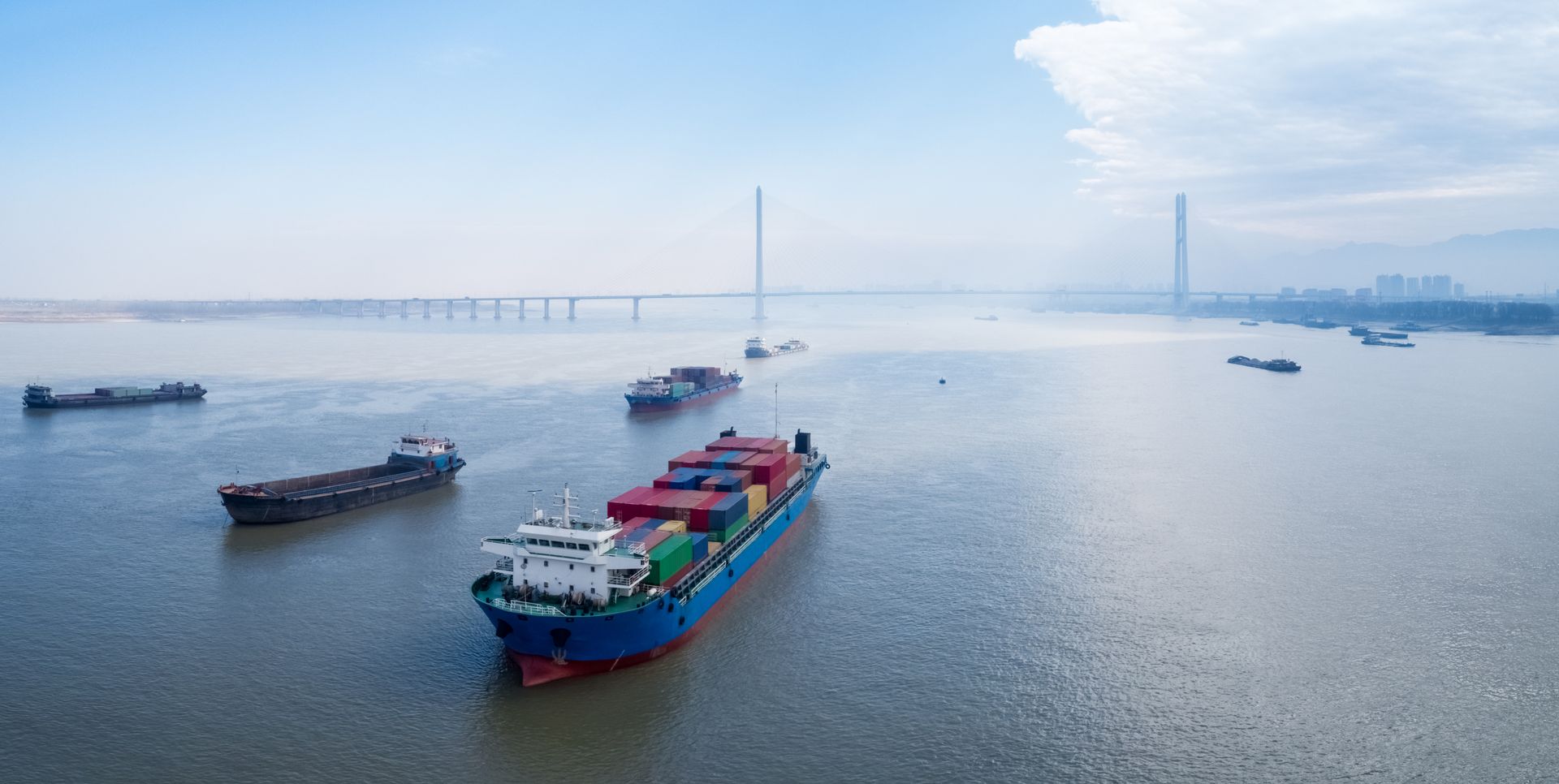What is a Reefer Container and what does it transport?
Are you concerned about maintaining the safety and freshness of your products while they are transported from one destination to another?
Indeed, perishable products such as fruits, cut flowers, vegetables, meats, medicines, vaccines, and even other goods that require temperature control demand specific processes and conditions during their transportation.
Above all, any fluctuation translates into significant risks and losses, deteriorating the properties and/or quality of the goods and negatively impacting your business.
In this case, Reefer containers, also known as refrigerated containers, have become a key and indispensable option for companies looking to guarantee the quality of their products.
If your company is dedicated to transporting perishable or temperature-sensitive goods, it is essential to understand their importance and how they benefit your operations.
Are you ready to discover everything you need to know about this topic? Keep reading until the end.
What is maritime transport in Reefer Containers?
When we talk about refrigerated maritime transport, we refer to the use of Reefer containers, which are units designed for moving goods and equipped with a device capable of maintaining controlled temperatures.
This type of unit has a motor that creates optimal conditions for products sensitive to environmental changes, regularly during loading, connection, transshipment, or even at ground points. This includes fruits, vegetables, dairy products, cut flowers, meats, chocolate, wine, pharmaceuticals, chemicals, among others.
Generally, their properties include:
- Superior insulation made with high-density polyurethane.
- Stainless steel interior lining.
- Grooved floor for optimal cold distribution.
- Temperature range is usually between -25ºC and +25ºC.
- Electrical equipment with a 380V base and three-phase power.
How does a Reefer Container work?
As mentioned, Reefer containers are a fundamental ally in transporting perishable or temperature-controlled goods.
Their operation is based on a refrigeration system that controls the internal temperature, ensuring it remains constant throughout the journey.
The process begins when the container's motor activates to compress the refrigerant, increasing its pressure and temperature. The refrigerant is then pumped to the evaporator, where it expands and absorbs heat from the interior, cooling and securing the environment by sealing it hermetically.
This system can be either forced air or water circulation, depending on the specific needs of the cargo.
In fact, temperature control is made possible by incorporating sensors or thermometers that constantly monitor the unit's internal conditions. These devices send information to a panel, which adjusts the refrigeration system to maintain the required temperature.
Therefore, some models offer options to regulate oxygen and carbon dioxide concentrations, ensuring an optimal environment for preserving fruits, vegetables, meats, fish, and other products.
Characteristics and uses of refrigerated containers
One of the main features of these containers is their ability to maintain temperatures at a specific level, usually ranging from -25ºC to +25ºC, depending on the product's requirements. This makes them a versatile option for a wide range of goods, from frozen foods to medicines.
This is achieved with an integrated refrigeration system powered by electrical grid energy or independent generators, allowing the temperature to be maintained even during land, sea, or rail transport.
They are also designed with high-quality materials and thermal insulation to ensure an optimal environment inside, protecting the cargo from sudden temperature changes and adverse climatic conditions.
In terms of use, they are crucial in the food industry, becoming a key ally for transporting fruits, vegetables, meats, fish, and dairy products, ensuring they arrive fresh and in optimal condition at their destination markets.
In the pharmaceutical field, they play a crucial role in transporting medicines and vaccines that require very specific temperatures to maintain their efficacy and safety.
They are also used in other modes of transport, such as railways, offering an integral solution for the cold chain in the global distribution of perishable products.
What type of cargo should I transport in a reefer container?
The choice of cargo type for a Reefer container depends mainly on the need to maintain a controlled temperature during transport.
For example, tropical fruits such as mangoes, pineapples, or bananas require warmer temperatures, while apples or grapes are compatible with a cooler environment. Therefore, the container allows for adjusting the requirements according to the specific needs of each product.
In the case of meats and seafood, precise supervision is key to preventing bacterial proliferation and ensuring food safety.
On the other hand, dairy products like milk, cheese, or yogurts also demand specific conditions to maintain freshness and prolong shelf life.
Pharmaceutical products, such as vaccines or medicines, must be transported under standardized parameters to ensure their efficacy and safety.
We cannot overlook temperature-sensitive chemicals, such as certain adhesives and laboratory materials, which can suffer damage if exposed to extreme environments.
It is important to consider conditioning materials for safer transportation, such as dry ice, thermal blankets, gel packs, and perforated packaging for agricultural products.
Conclusion
The need to use Reefer containers becomes evident when dealing with goods that require special criteria during transport and storage.
As you can see, if the product does not arrive in proper condition due to temperature variation, there is a risk of deterioration, failing to meet quality standards, and potentially posing a health risk to people and/or animals in the case of pharmaceuticals.
Therefore, the ability of these containers to control temperature and humidity, along with their versatility and robustness, makes them indispensable tools for companies aiming to:
- Ensure the quality and properties of their products through optimal temperature control.
- Minimize losses and optimize profitability.
- Expand their reach to new international markets.
- Comply with health regulations and standards.
At KENSA Logistics, we understand the importance of having transport equipment that meets the highest quality and efficiency standards. As industry leaders, we are committed to offering solutions that adapt to your business's specific needs.
Our team of experts is ready to advise you. Don't hesitate to contact us today.



